
Anath: Bible
Anath (Anat), a maiden/warrior goddess, is a prominent figure in the Canaanite mythological texts. Despite her prominence in the Ugaritic texts, she rarely appears in the Hebrew Bible. However, the naming structure used in references to Anath in the Bible indicates that she may have been honored among some Israelites.
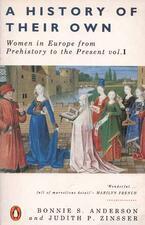
Bonnie Anderson
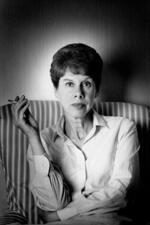
Anglo-Jewish Writers in the Twentieth and Twenty-First Centuries
Anglo-Jewish women writers have been active creators within the British literary arena since the late nineteenth and early twentieth century. The 1960s and 1970s saw the emergence of a number of Jewish female voices, although it was not until the 1990s that the works of Jewish women writers began to be recognized as part of the British literary canon. Anglo-Jewish women writers’ multifaceted perspectives are reflected in a literary production characterized by experimentation and fragmentation.
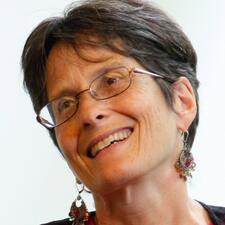
Sharon Cohen Anisfeld
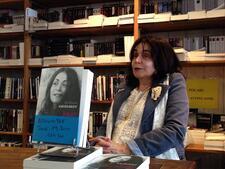
Myriam Anissimov
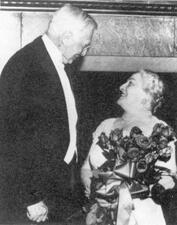
Sadie Cecilia Annenberg
Sadie Annenberg's husband Moe made the couple millionaires by pawning Sadie’s jewelry and starting several businesses. Sadie Annenberg used that money to generously support numerous Jewish causes in both the United States and the State of Israel, including those in the arts, politics, science, and more.
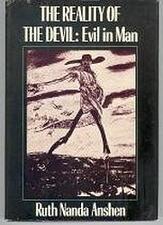
Ruth Nanda Anshen
Ruth Nanda Anshen, twentieth-century philosopher, lecturer, and author, was an “intellectual instigator” for such writers of genius and eminent thinkers as physicist Albert Einstein, scientist Jonas Salk, and others. Anshen created connections between the great thinkers of different fields, offering them opportunities to explain their work to each other and the general public.
Eleanor Antin
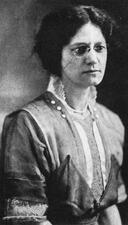
Mary Antin

Joyce Antler

Iris Apfel
For most of her career, Iris Apfel and her husband owned Old World Weavers, a successful interior design business, but Iris always maintained a love for fashion. At the age of 84, she had the opportunity to display her dazzling clothing and jewelry collection at the Metropolitan Museum of Art, thus launching her fashion career as a fashion icon and earning her a reputation as “The Geriatric Starlet.”
Jenny Apolant
An ardent suffragist, Jenny Apolant served as a board member of the General Association of German Women from 1910 to 1925. In Frankfurt, she was one of the first women municipal councilors from 1919 to 1924, founded the Political Workers Association in 1922, and strove to improve the condition of women through profound social change.
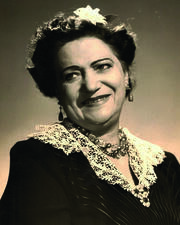
Anna Appel
Anna Appel was known for her performance of motherly characters in Yiddish and English roles and had a successful career in Yiddish vaudeville, film, and on Broadway. Appel had her big break in 1918 in Morris Schwartz’s popular Yiddish Art Theater; she performed there for ten years, before moving to Yiddish film. In 1928 she made her Broadway debut and performed until 1959.
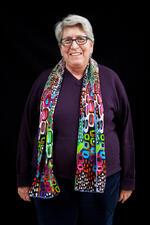
Bettina Aptheker
Bettina Aptheker is an American feminist, writer, educator, and political activist. She advocated for racial justice, studied and taught African American women’s history, and founded the Feminist Studies department at the University of California at Santa Cruz.
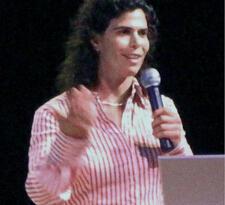
Yael Arad
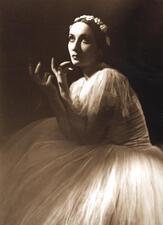
Mia Arbatova
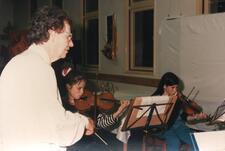
Chaya Arbel
Raised as a kibbutznik and taught that music was frivolous, Chaya Arbel only began pursuing a musical career in her forties, but she went on to become one of Israel’s great modern composers. She was active in music education for several decades and gained general recognition as a composer in her seventies.
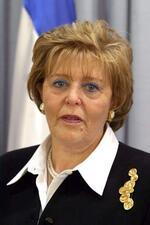
Edna Arbel
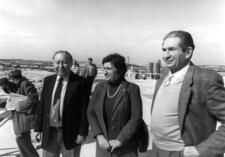
Shoshana Arbeli-Almozlino
From her upbringing in a traditional Iraqi family to her work in the Knesset and as Israeli Minister of Health, Shoshana Arbeli-Almozlino’s life spanned countries, careers, and experiences. She will be remembered as an active member of Knesset who fought for the rights of the working class and for the equal status of women in Israeli law.

Diane Arbus
Diane Arbus changed how the world looks at photographs and how photographs look at the world. Arbus sought out unconventional subjects such as Coney Island freak shows and gay bars, launching her solo career with a first photo essay for Esquire. For many years she remained a cult figure, and it was not until the 1980s that her work came to be generally accepted.

Architects in Palestine: 1920-1948
The mass immigration from Europe after 1933 brought many architects to Palestine, amongst whom were a number of women. For these women, being an architect meant total devotion to the profession.

Rita Arditti
Rita Arditti was an Argentinian Sephardic scientist, feminist, educator, and activist who spent most of her adult life working for social justice and human rights while living in the United States. She co-founded Science for the People, New Words Bookstore, and the Women’s Community Cancer Project. She co-edited anthologies on science and politics and reproductive technologies and wrote a book about the Grandmothers of Plaza de Mayo in Argentina.
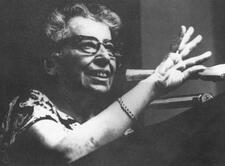
Hannah Arendt
Brilliant and controversial, Hannah Arendt was a German-trained political theorist whose books exerted a major impact on political theory in North America and Europe. The Origins of Totalitarianism (1951) made her an intellectual celebrity in the early years of the Cold War. She was the first woman to become a full professor at Princeton University.
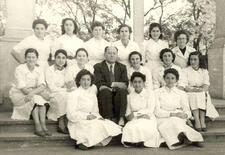
Argentina: Jewish Education
Over the course of the twentieth century, Jewish educational opportunities expanded for girls and teaching as an occupation became a possibility for Jewish women in Argentina. The 1920s saw the first female teachers in Jewish schools, and by the end of the 1950s, seventy percent of teachers were locally-trained women.
Argentina: Jewish White Slavery
Between 1875 and 1936, Buenos Aires was a major prostitution hub. Immigrant Jewish women were desperate enough to seek work in legally sanctioned brothels run by Jewish pimps. Although Jewish women compromised just a third of legal prostitutes in Buenos Aires in 1910, they were disproportionately visible in Argentina’s Catholic society.


